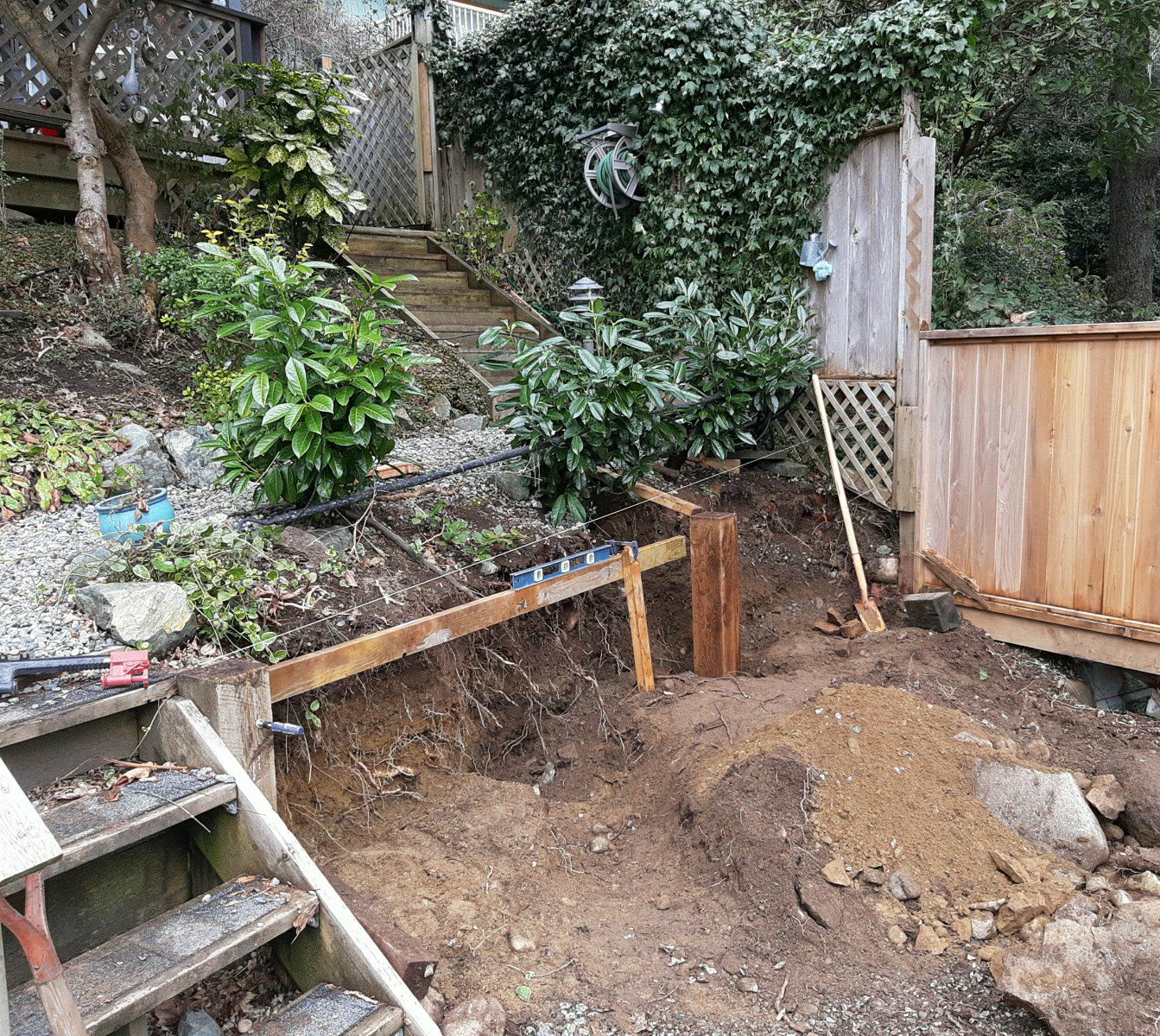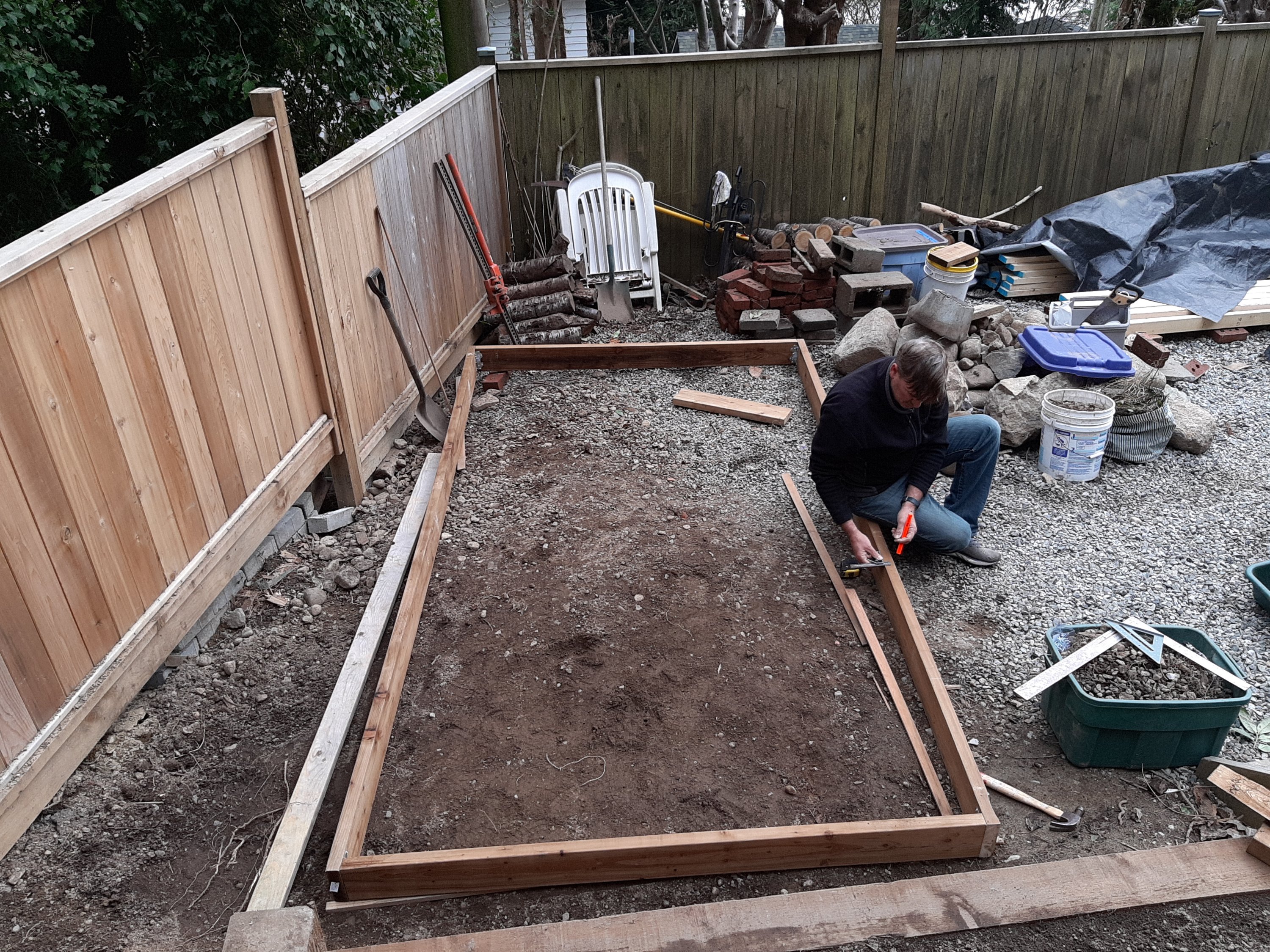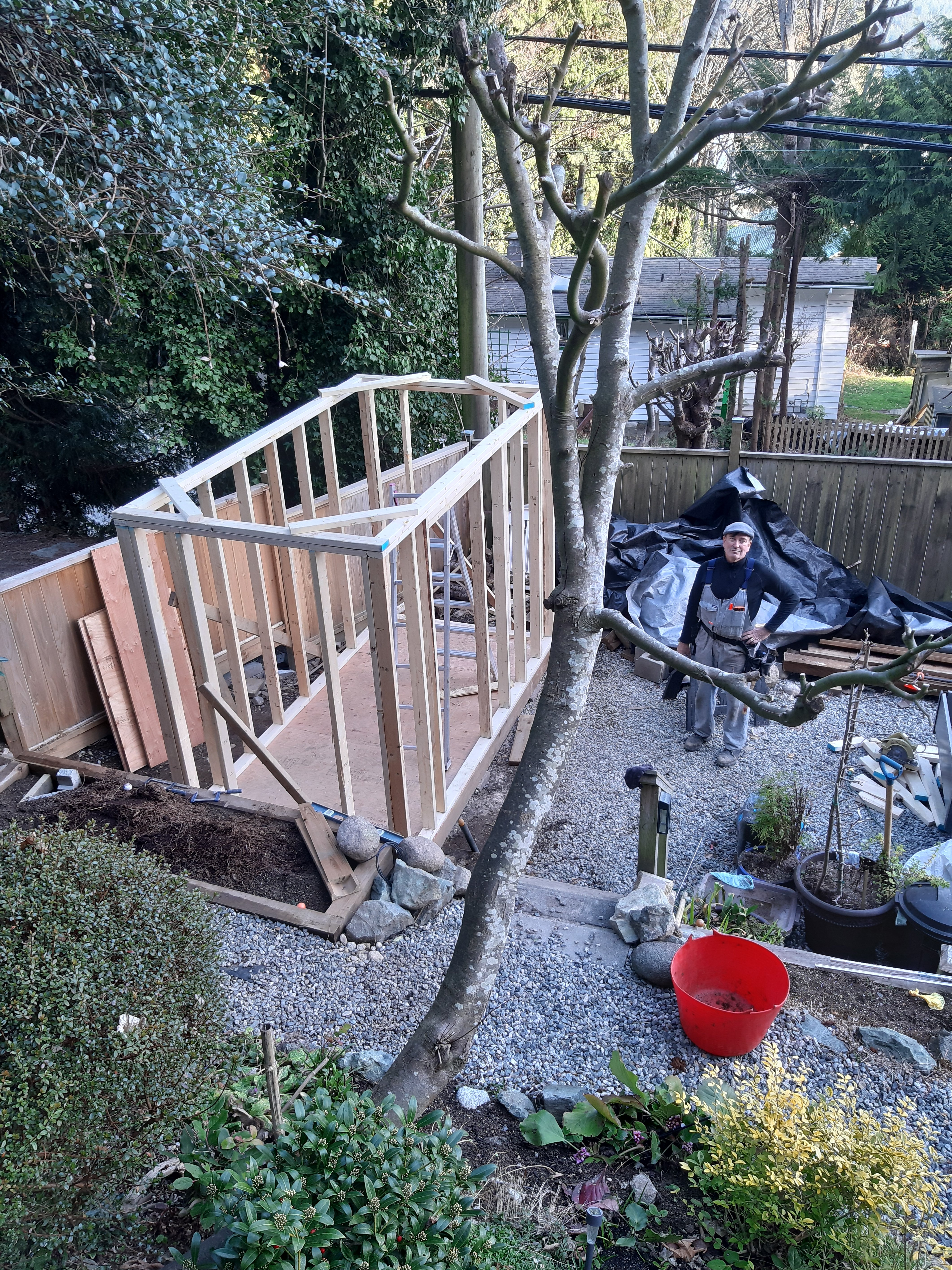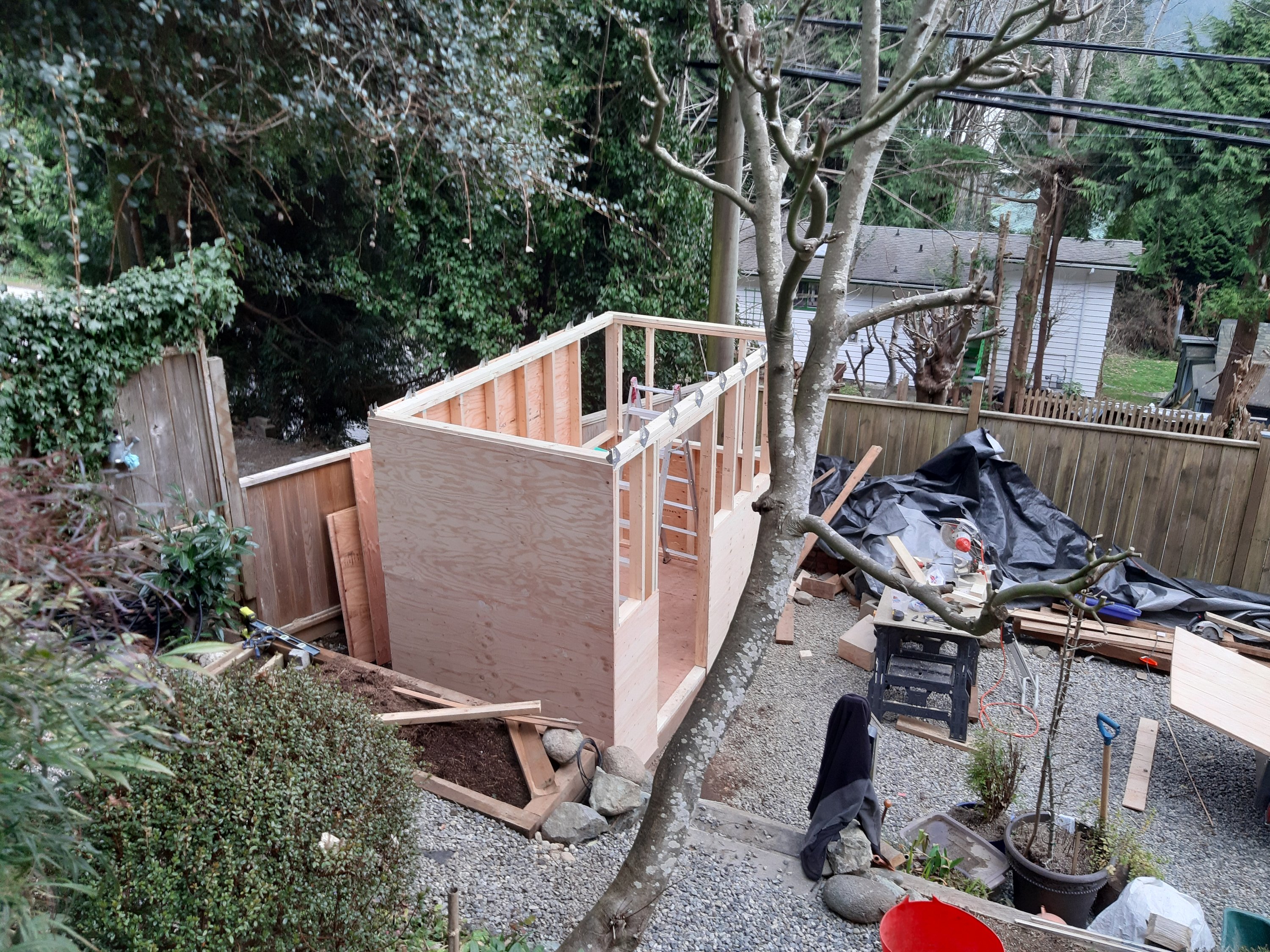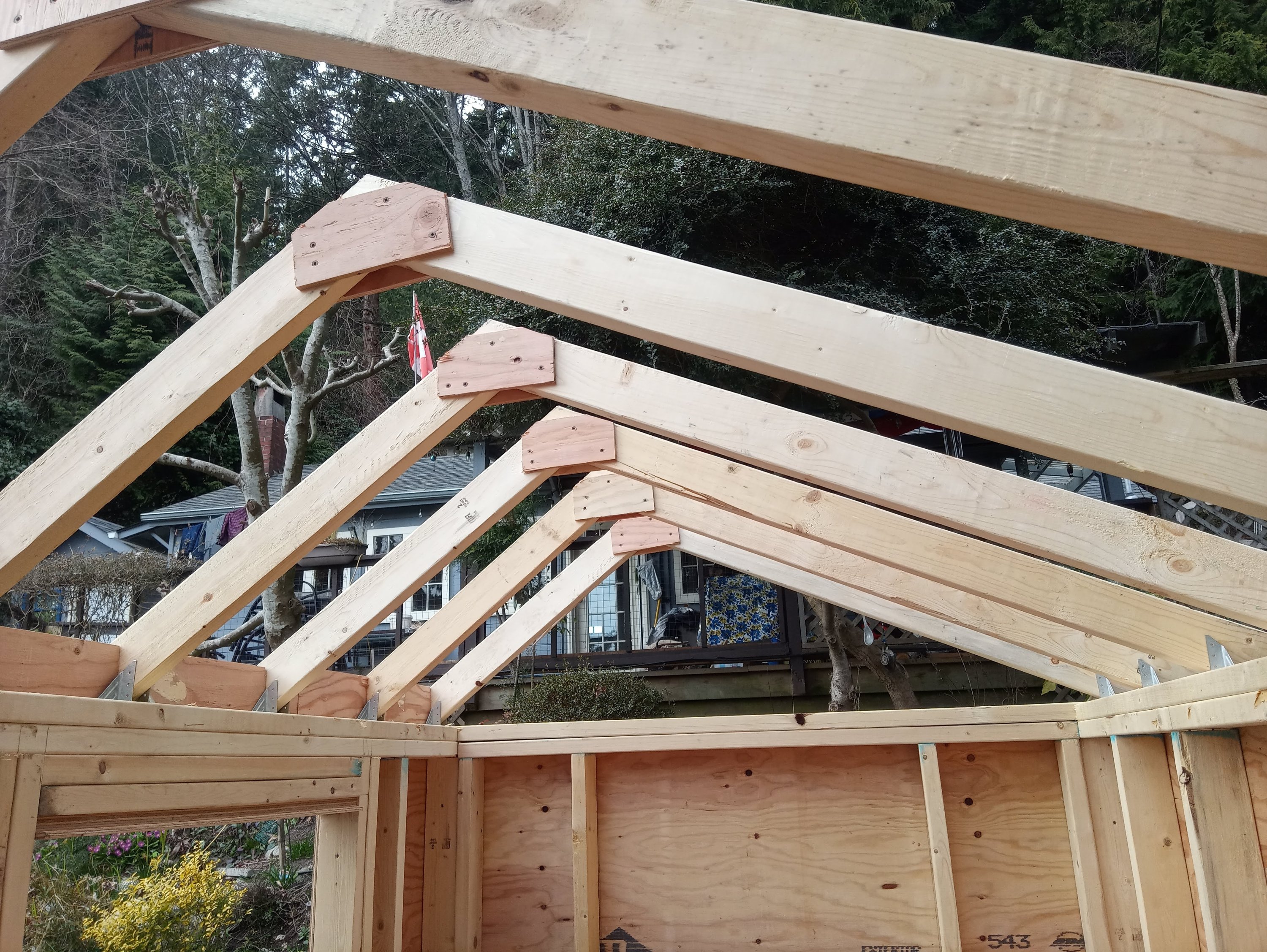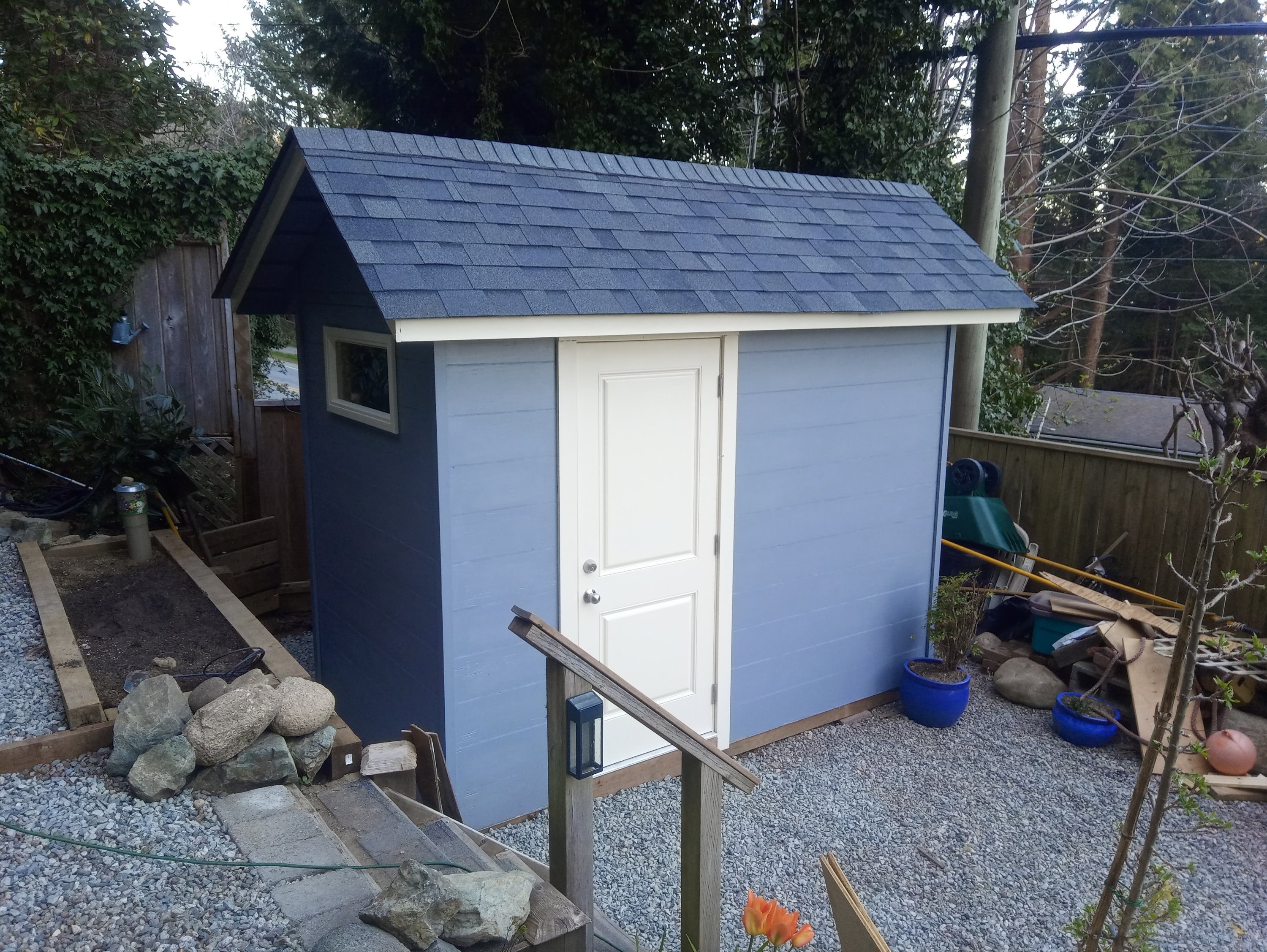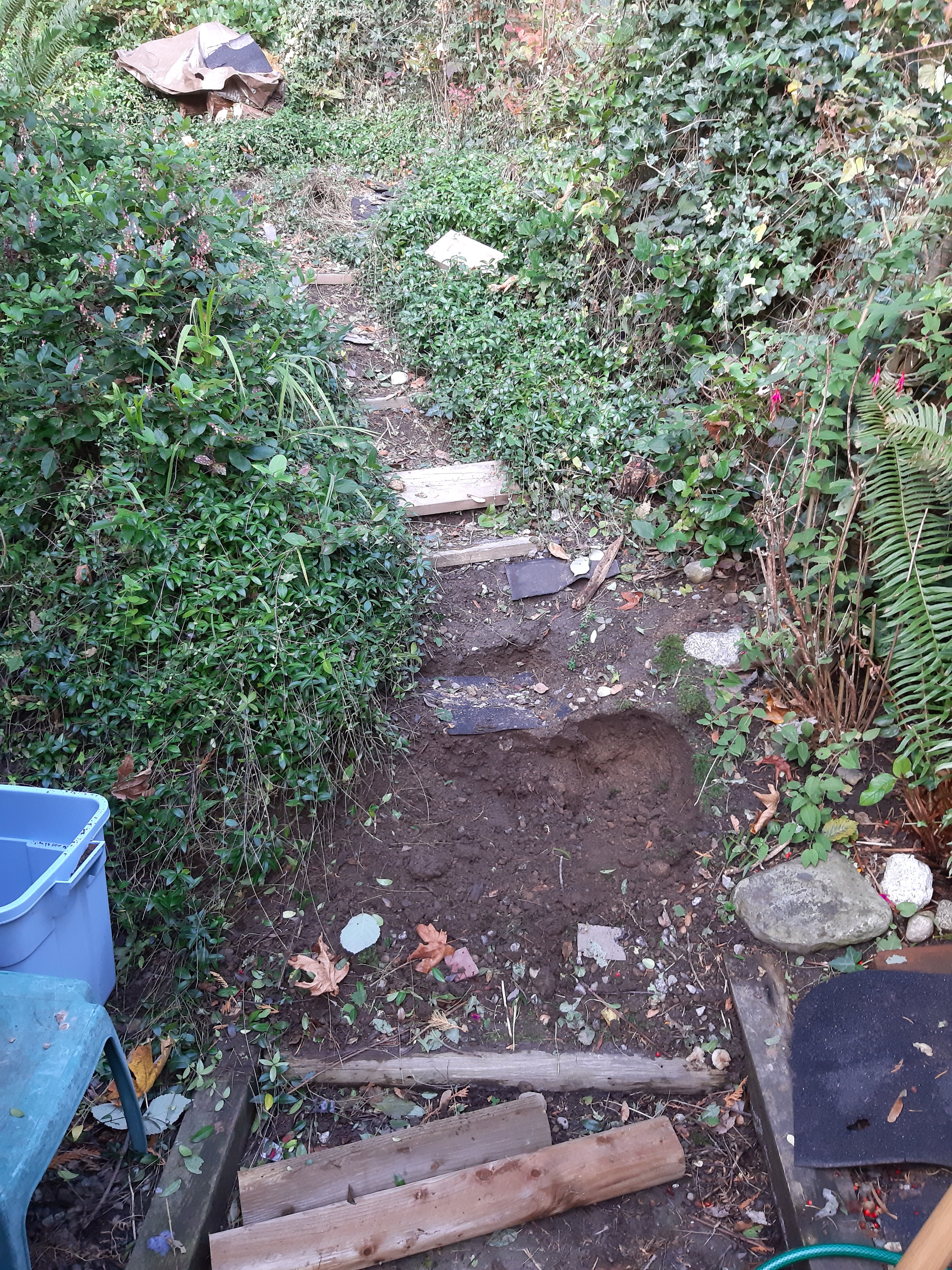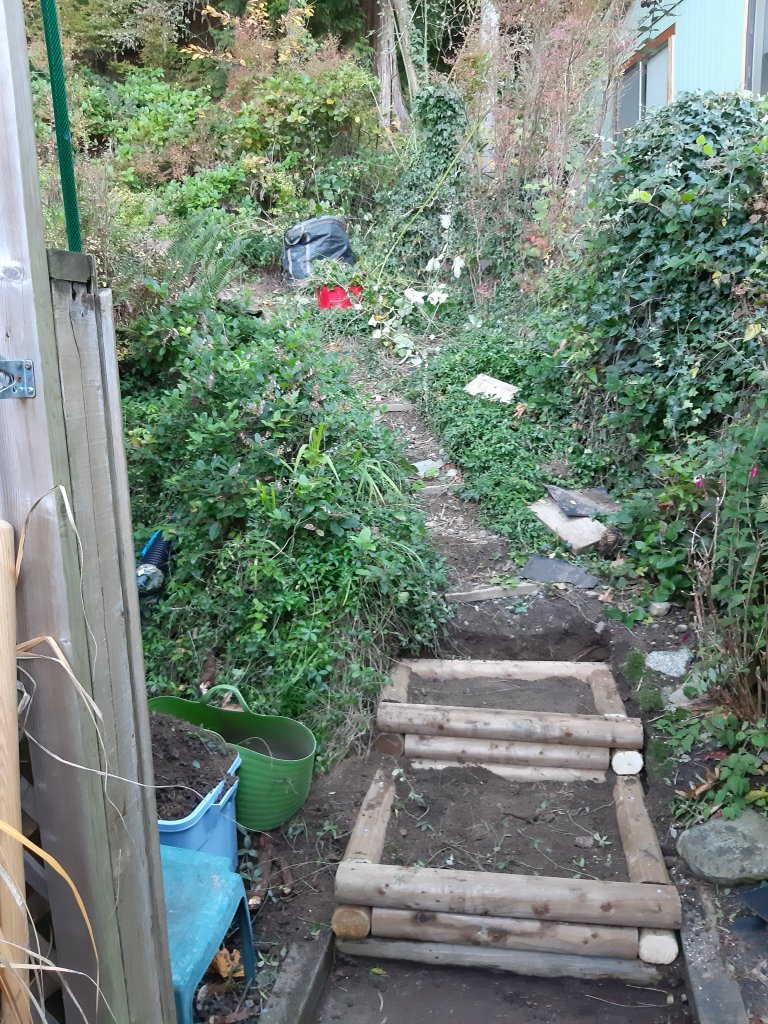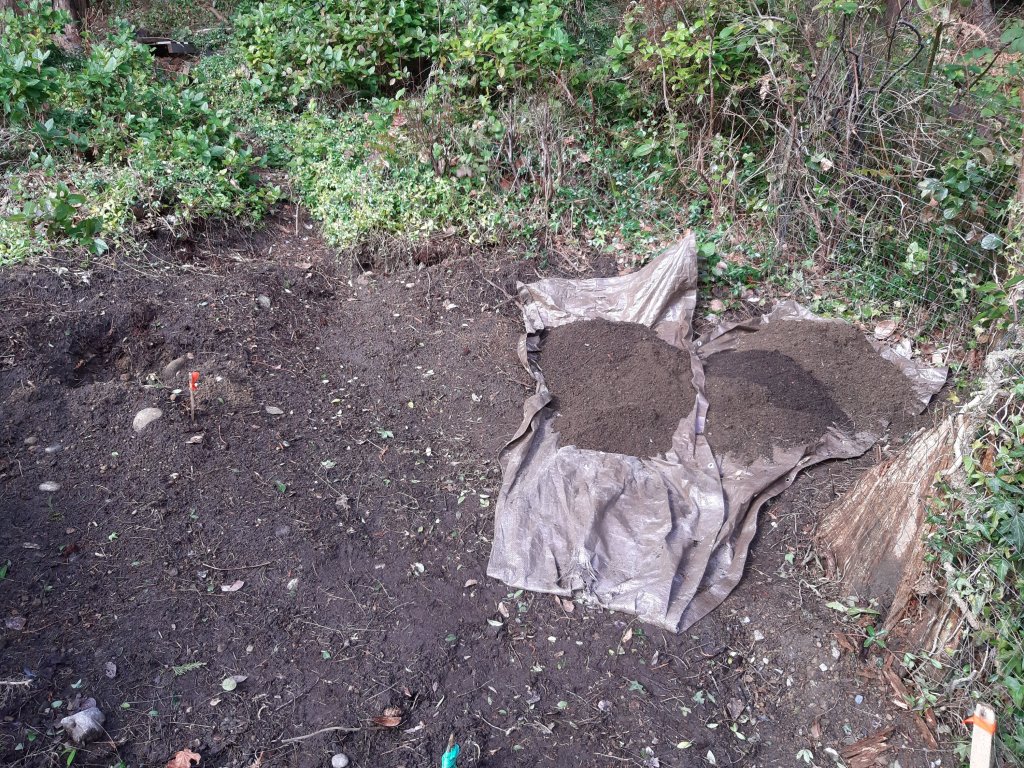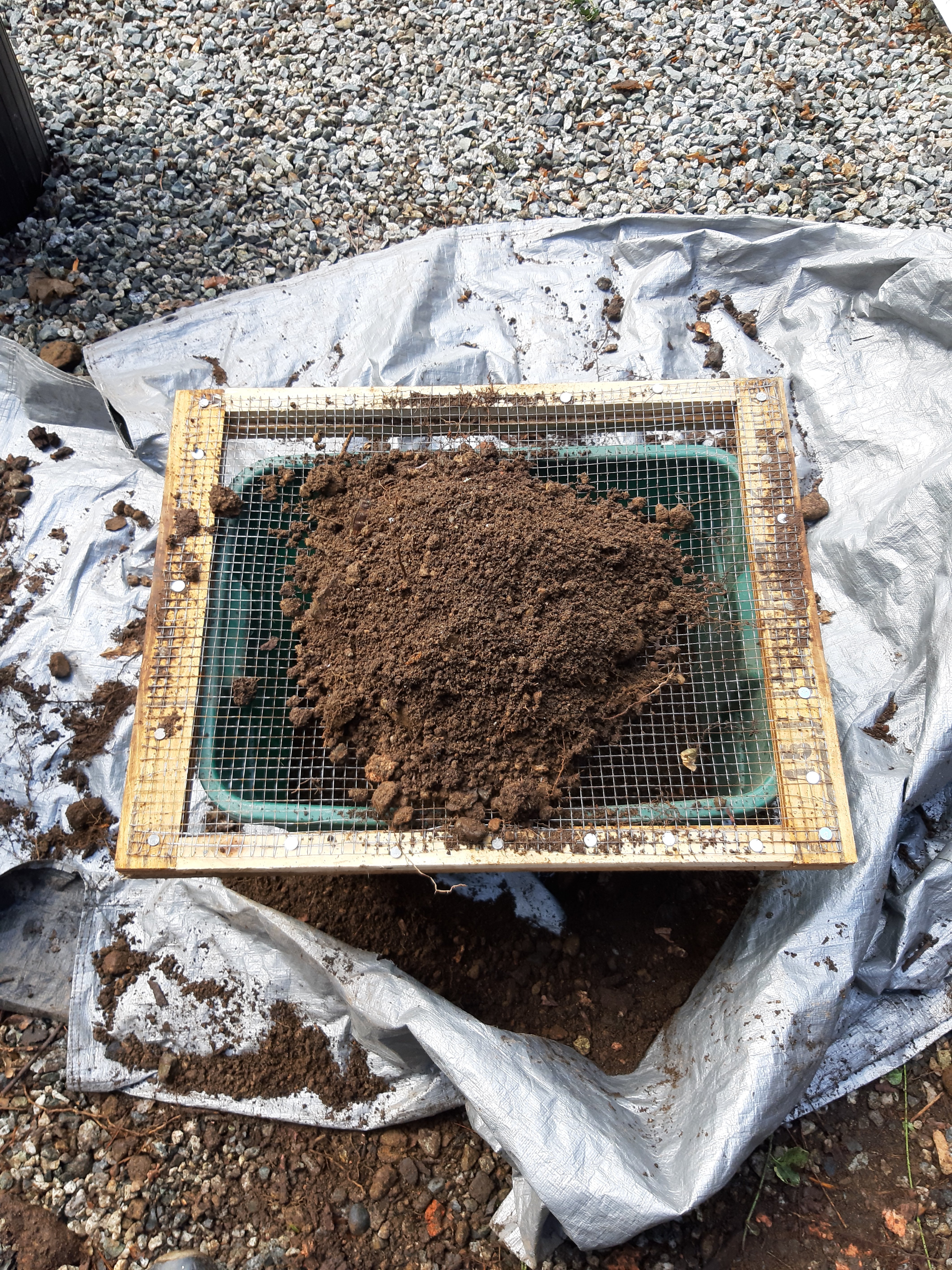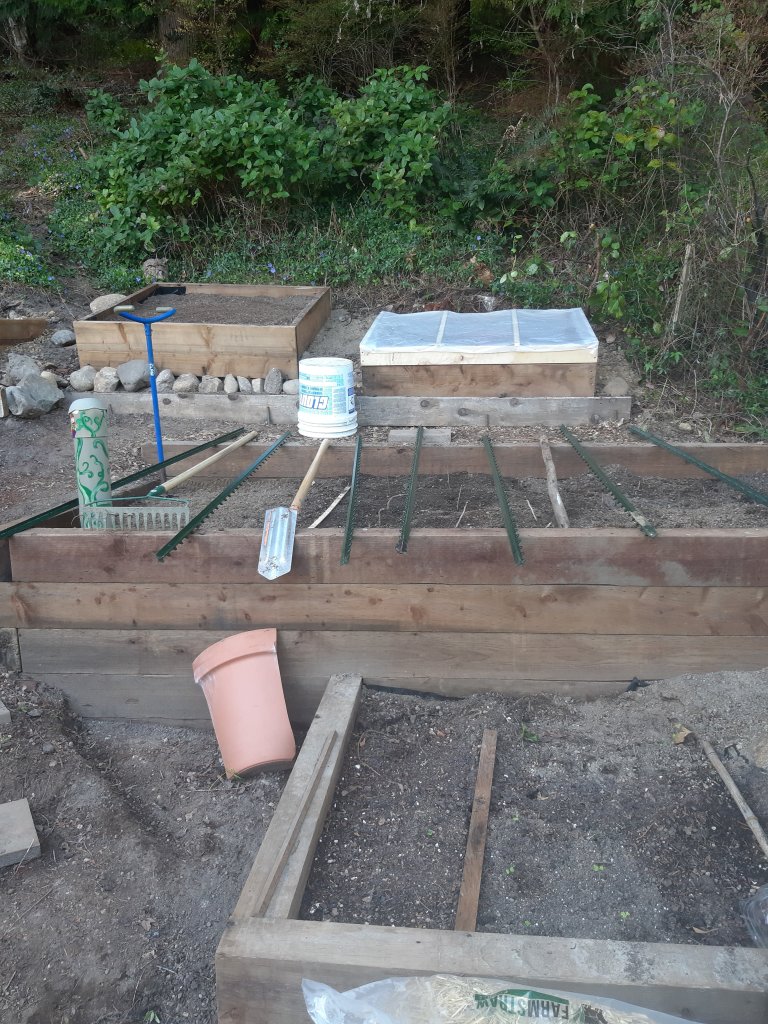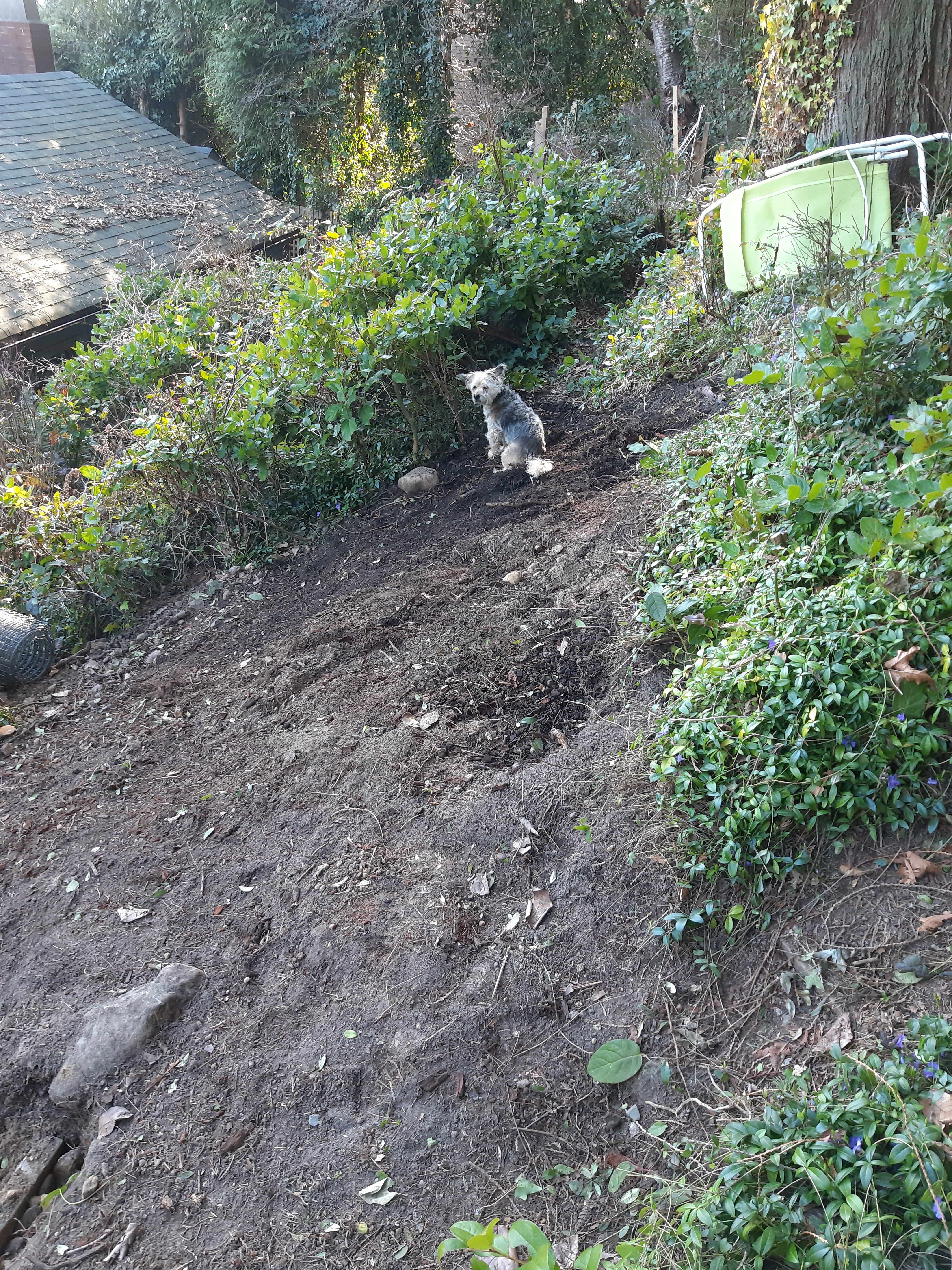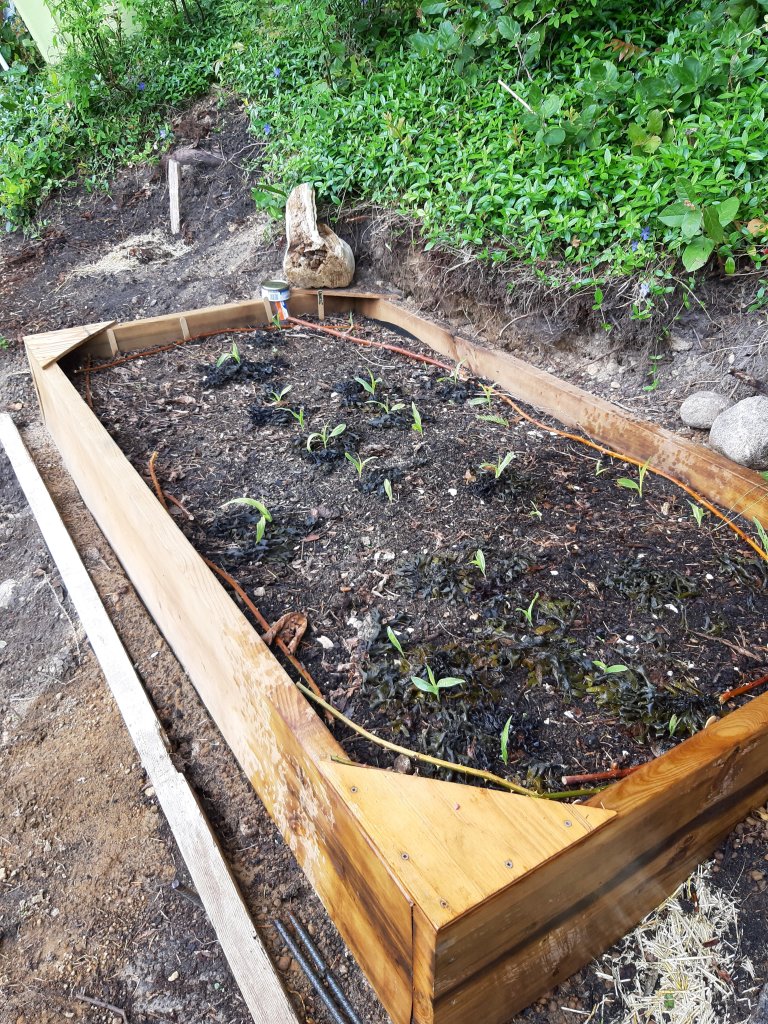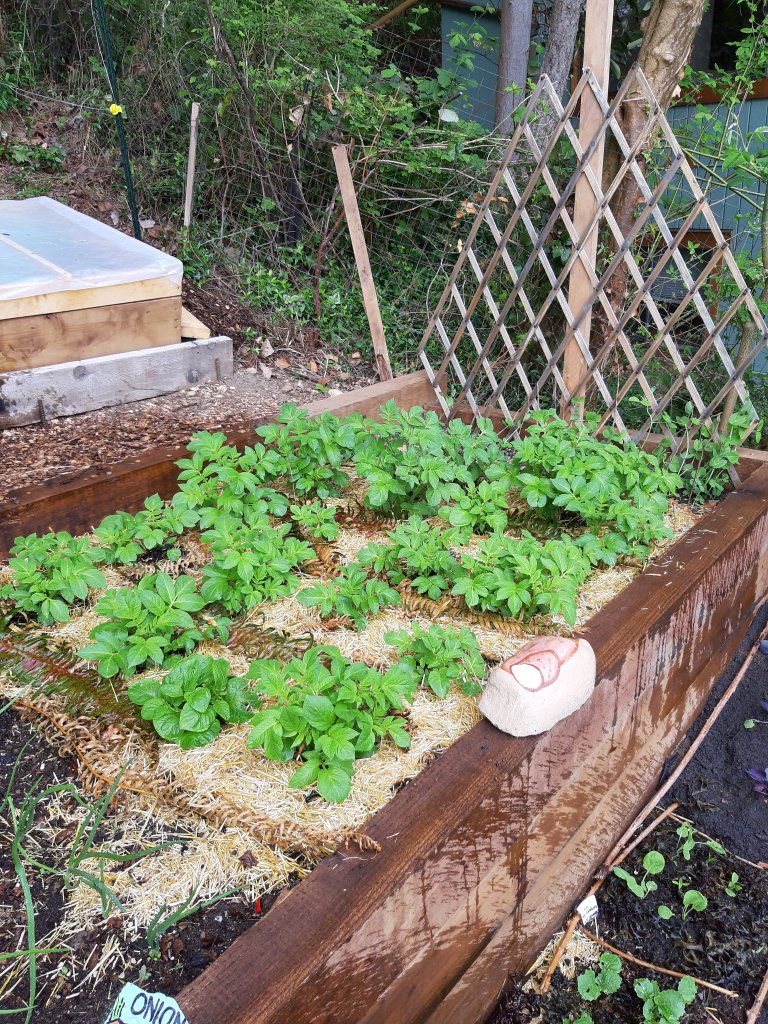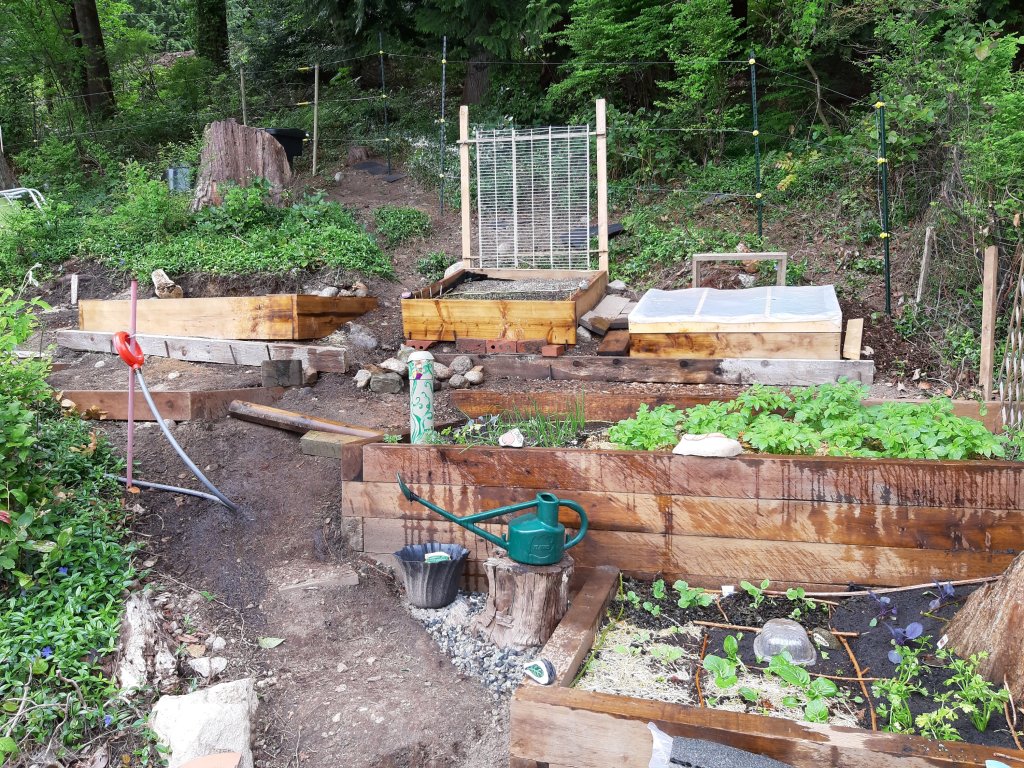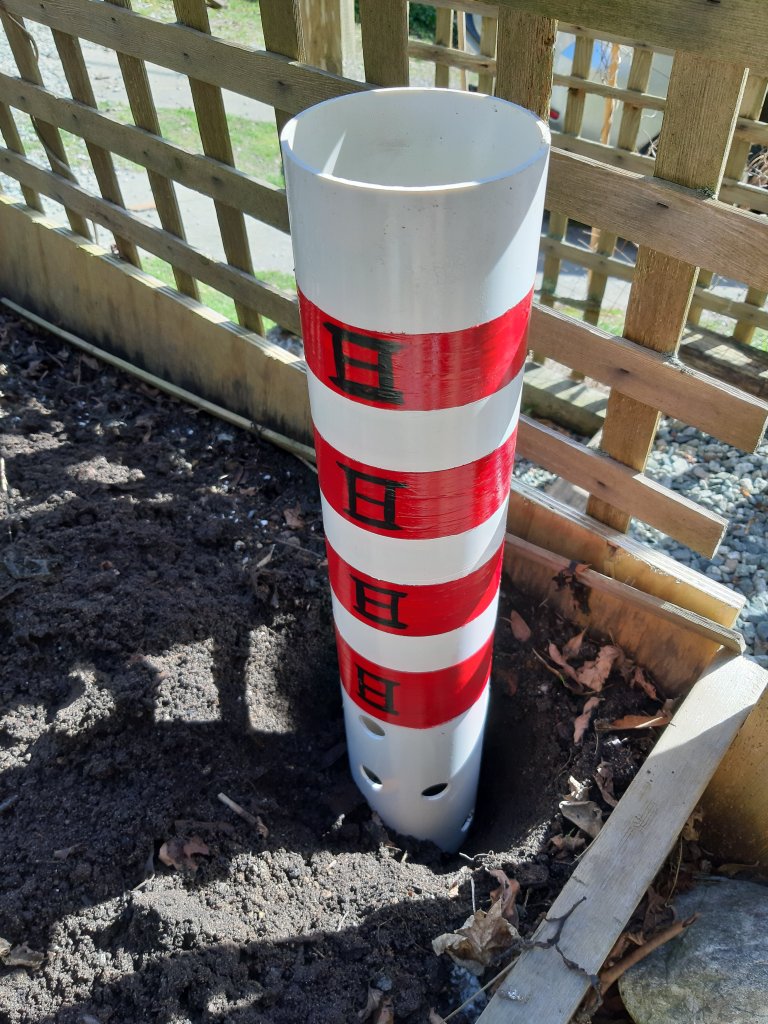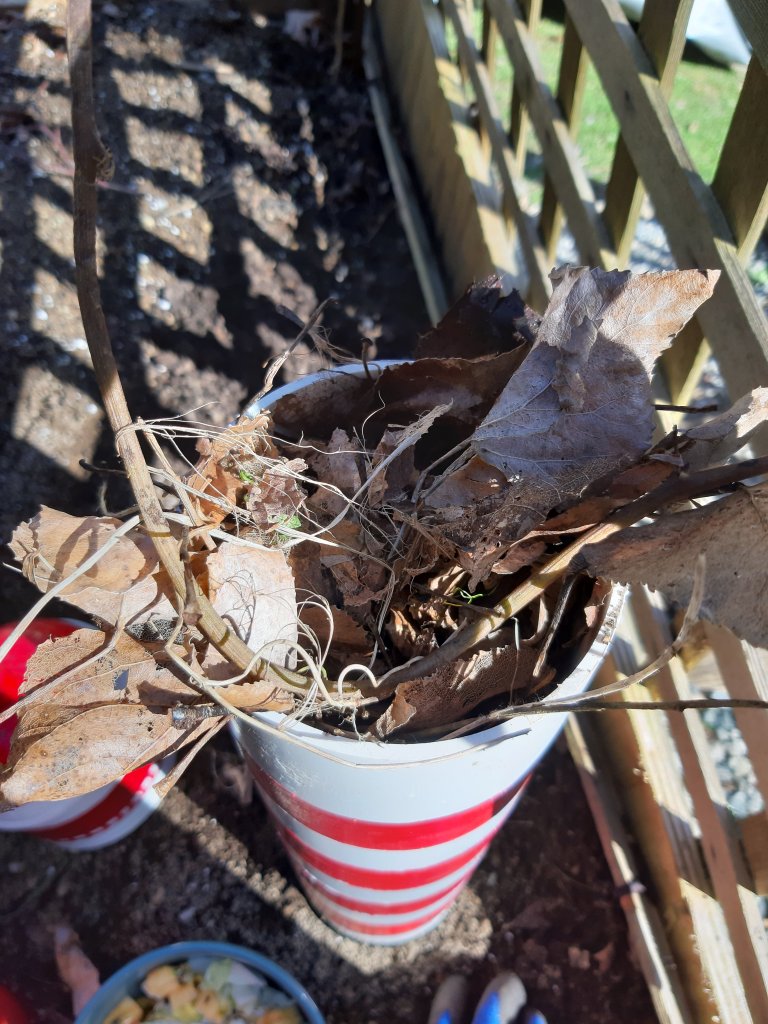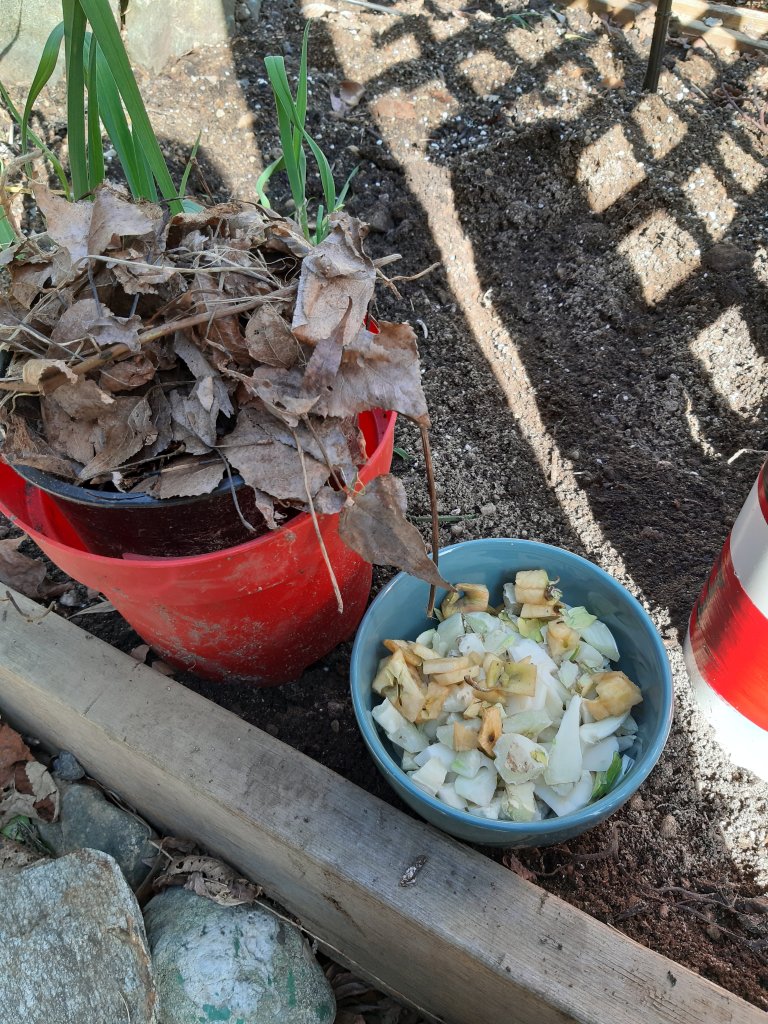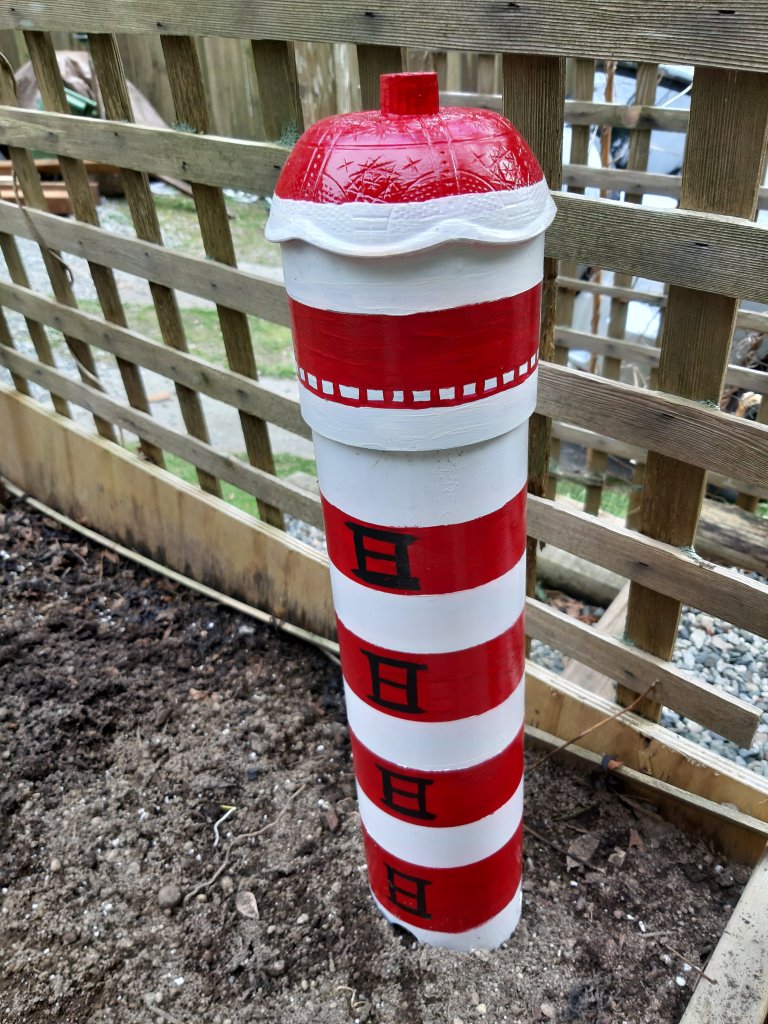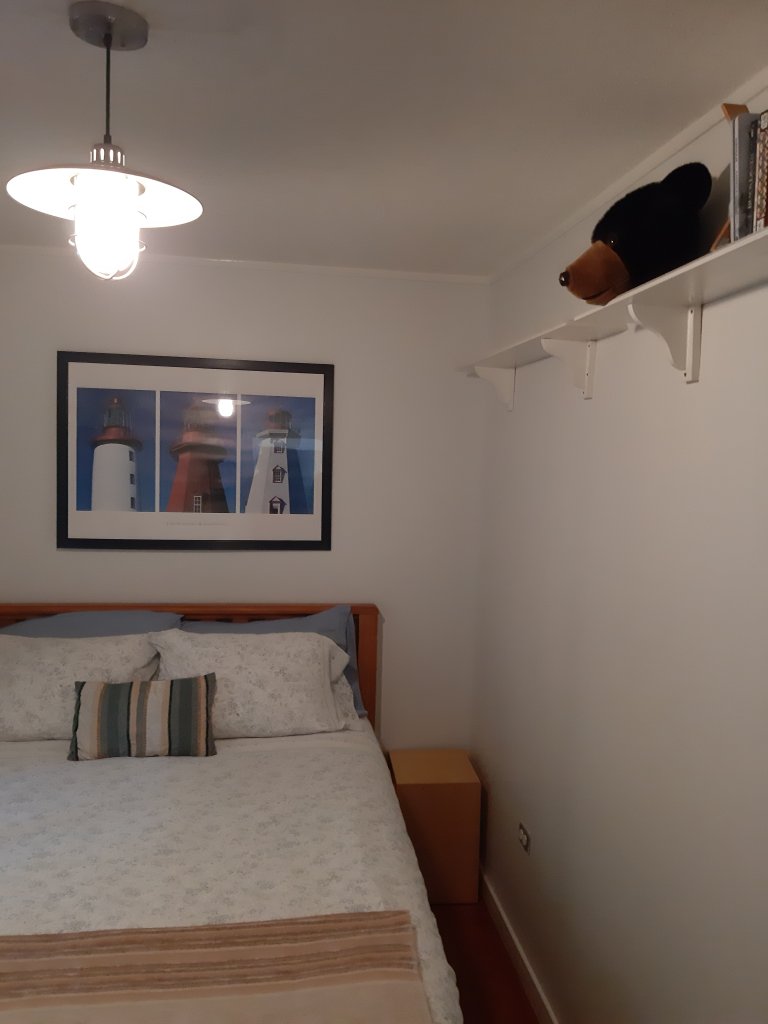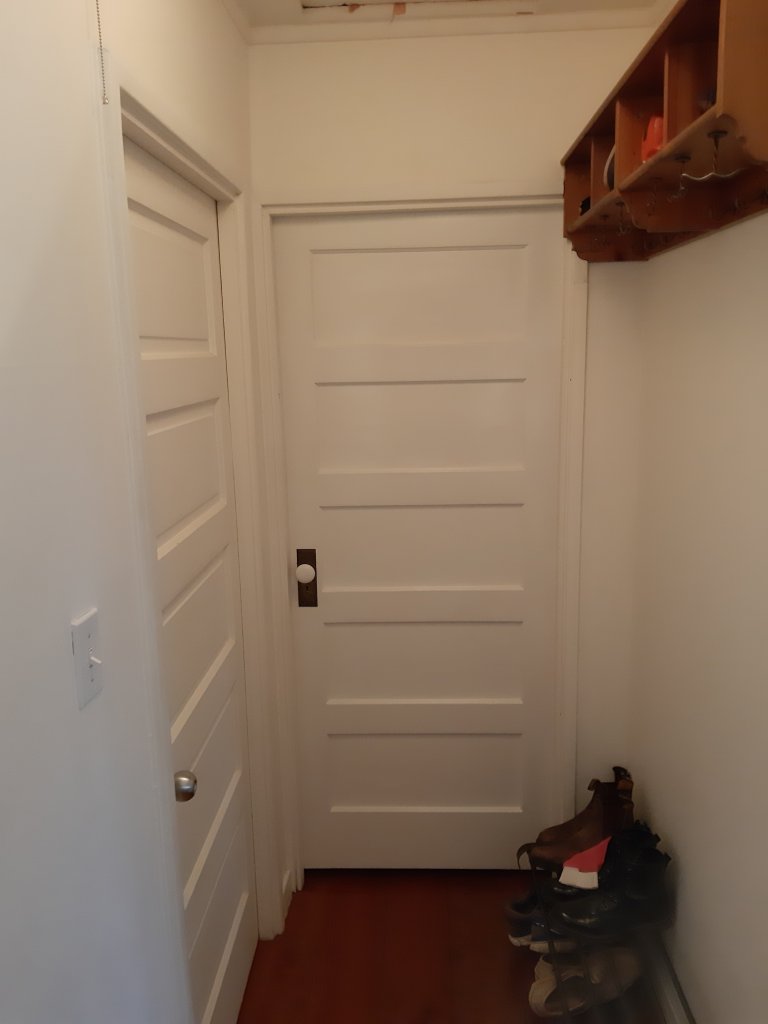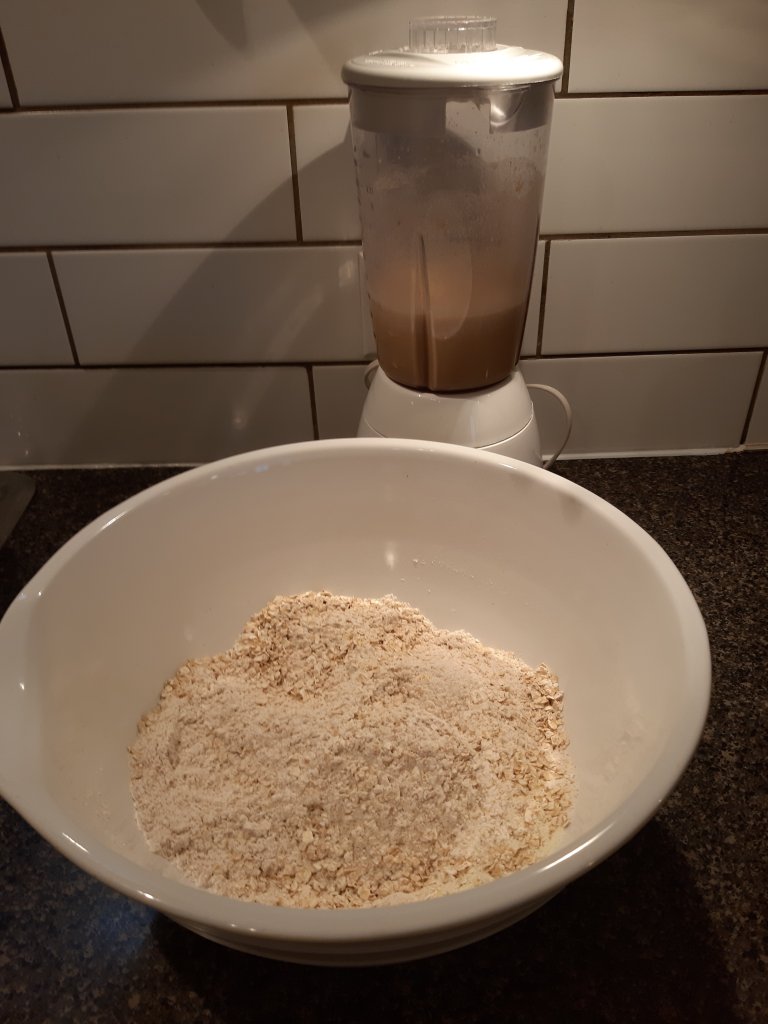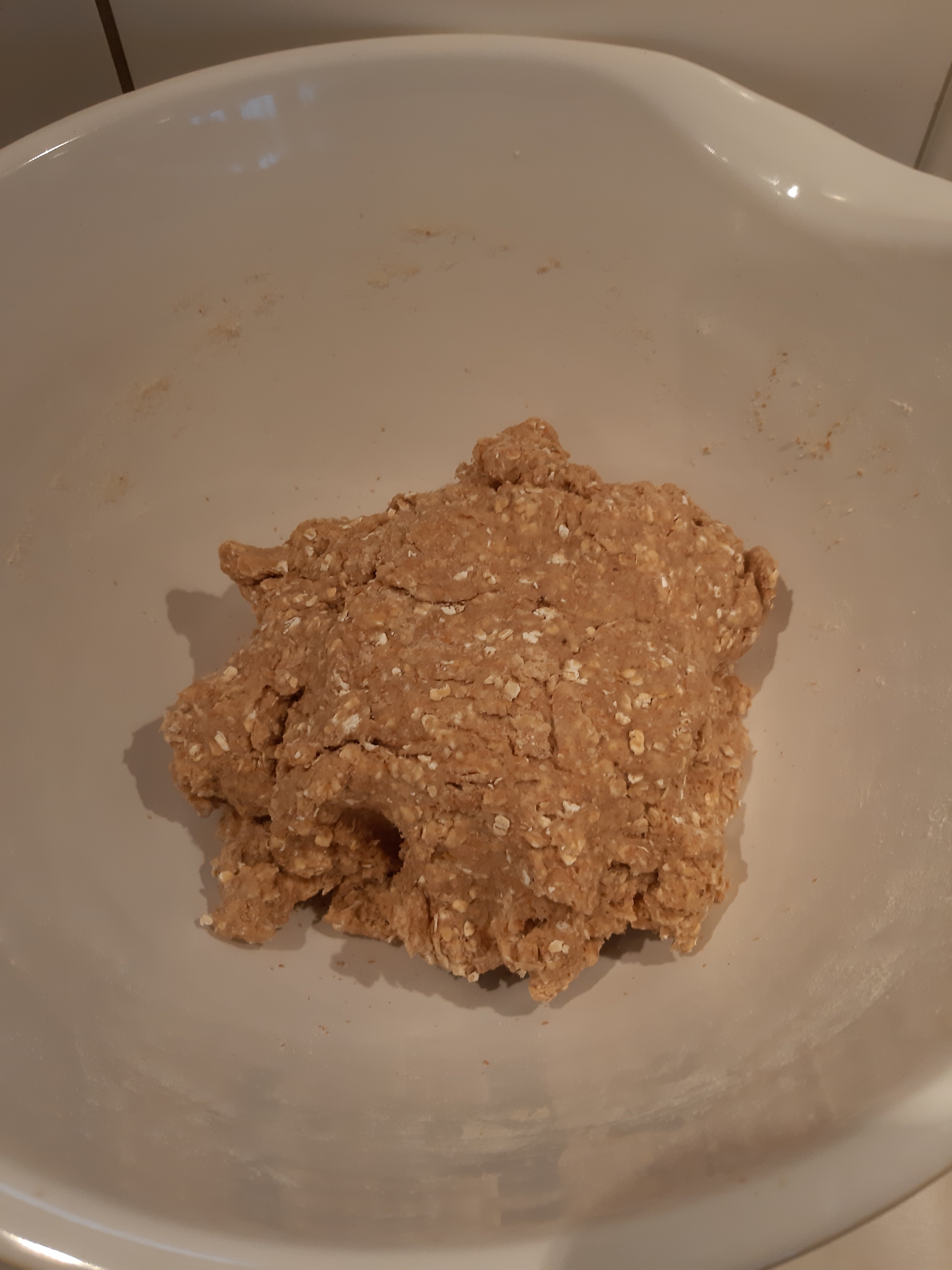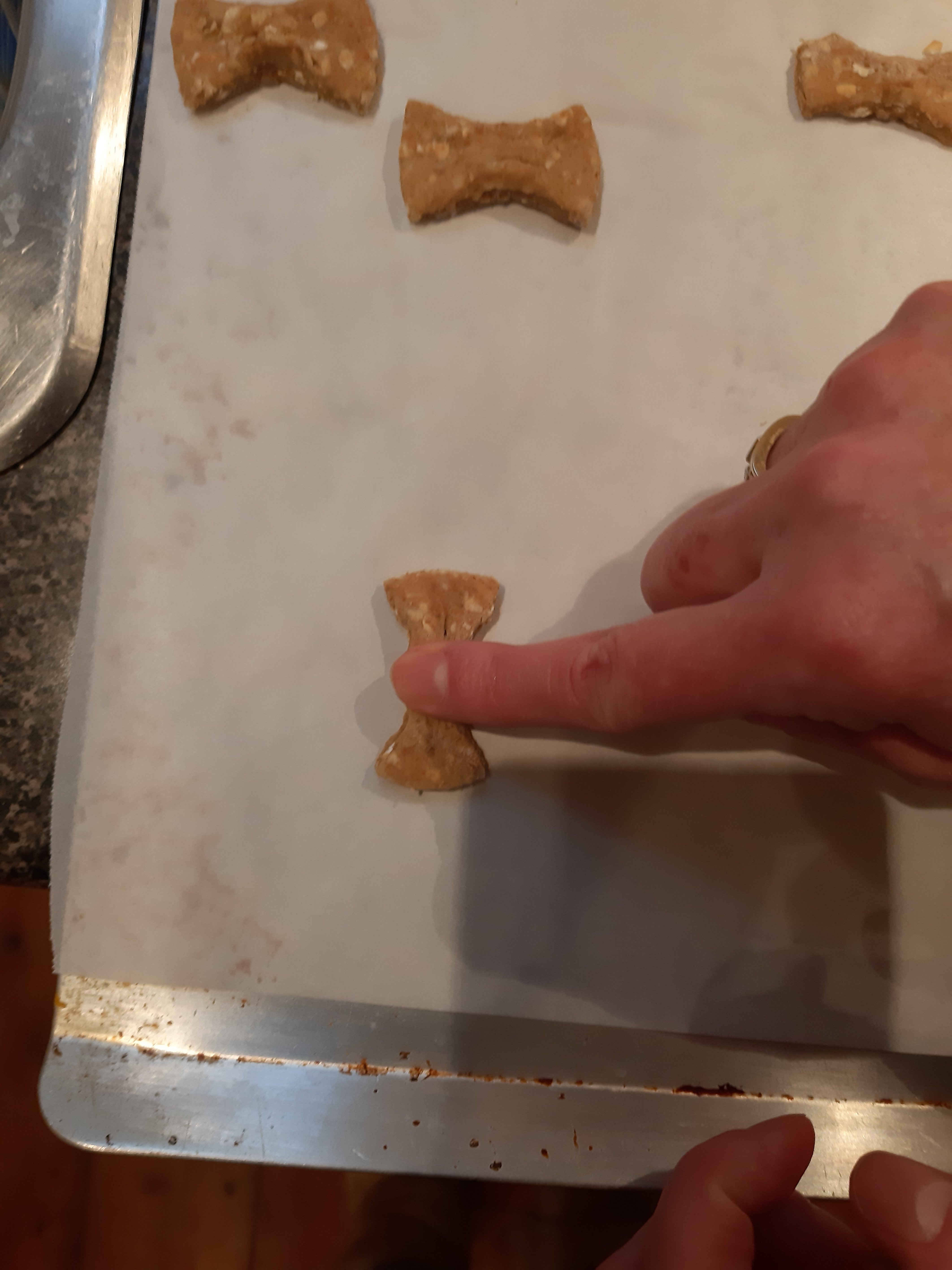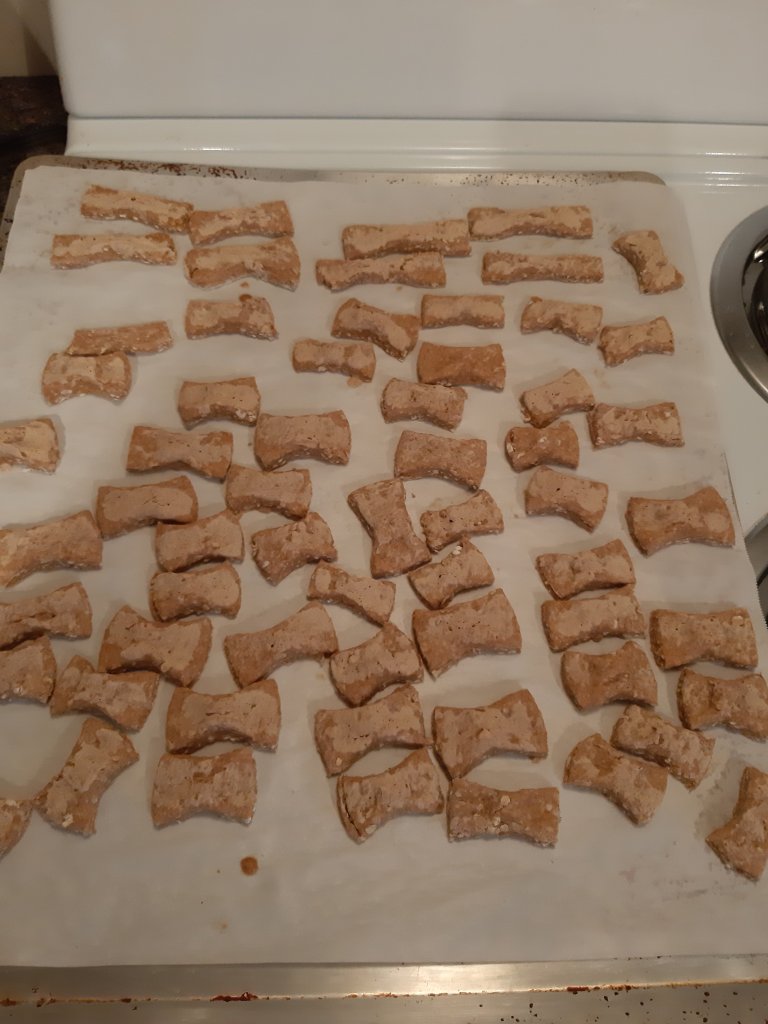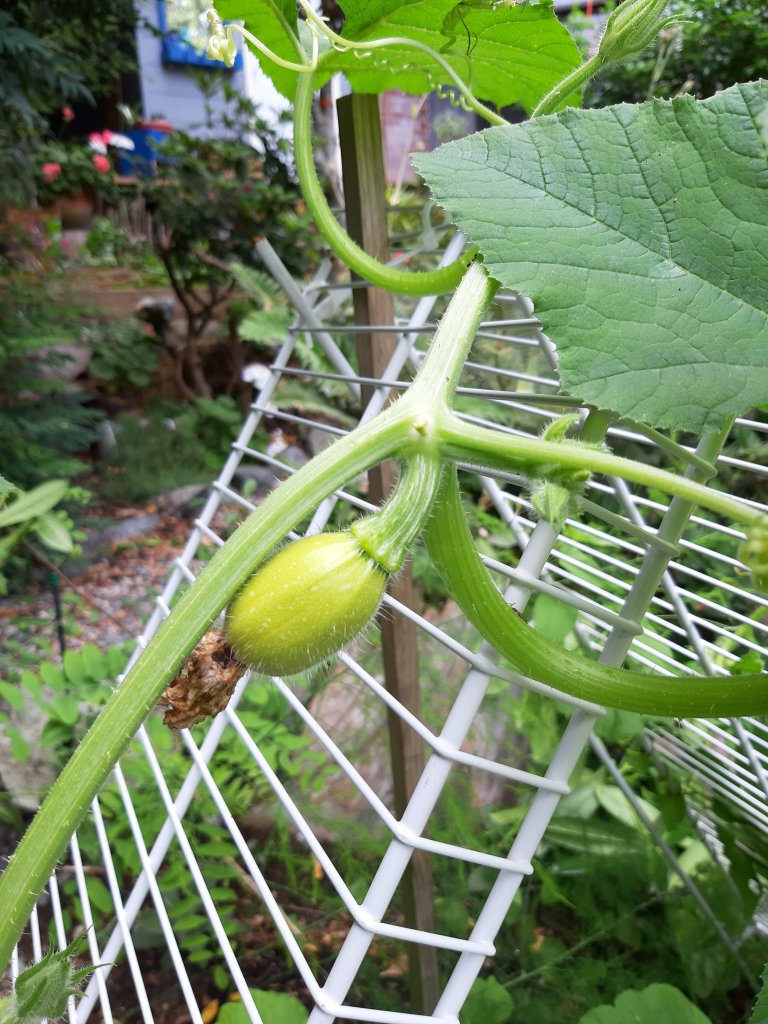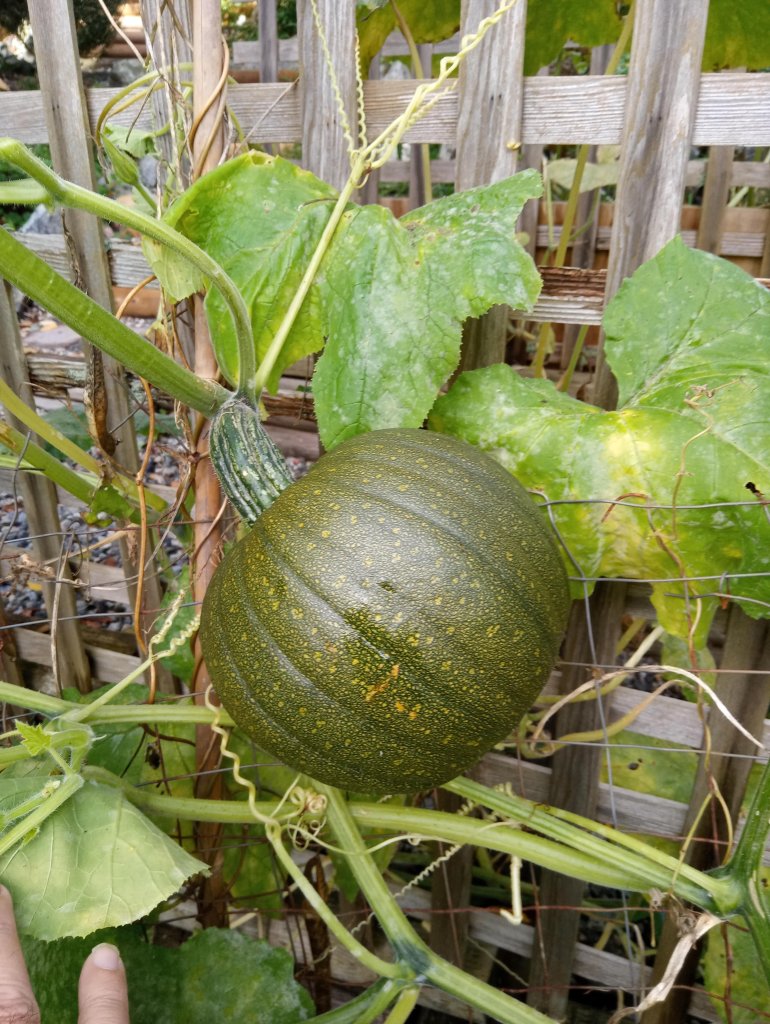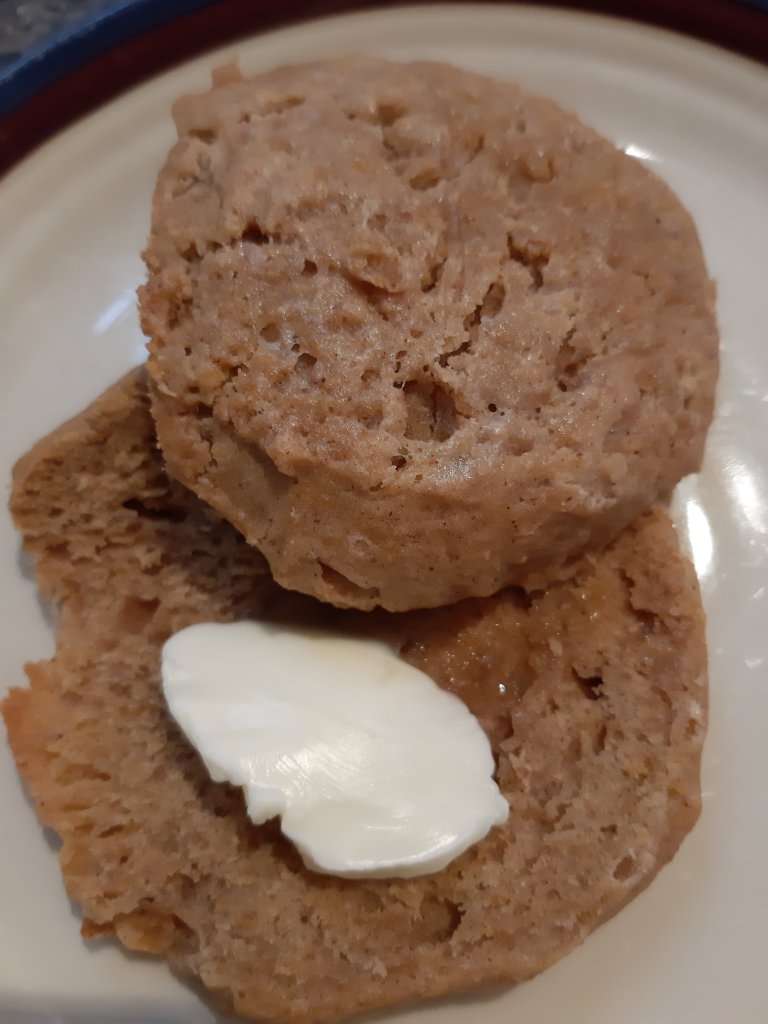I’m busy tearing out rotting vines, mixing some steer manure and wood ash in and preparing to cover my vegetable beds with chopped straw and burlap. It’s really rainy so I am dodging out between storms and getting really wet and dirty in the process.
I’ve learned a lot about what/what not to grow next year. These notes are for my reference but may be of interest to other novice vegetable farmers as well.
Starting with the less successful experiments then, and working towards the triumphs….
CORN
I bought a small eared early variety and gave it a good spot but didn’t thin it to the prescribed degree because, well, having magicked these plants into being, I just hated to execute half of them. I’m not sure how big a role my hesitancy played, but suffice to say I got few mature cobs. And the ones I did get were not especially sweet or tender.
Was it fun to watch it grow? Yes.
Was it a good investment of garden space, water and effort? No no no.
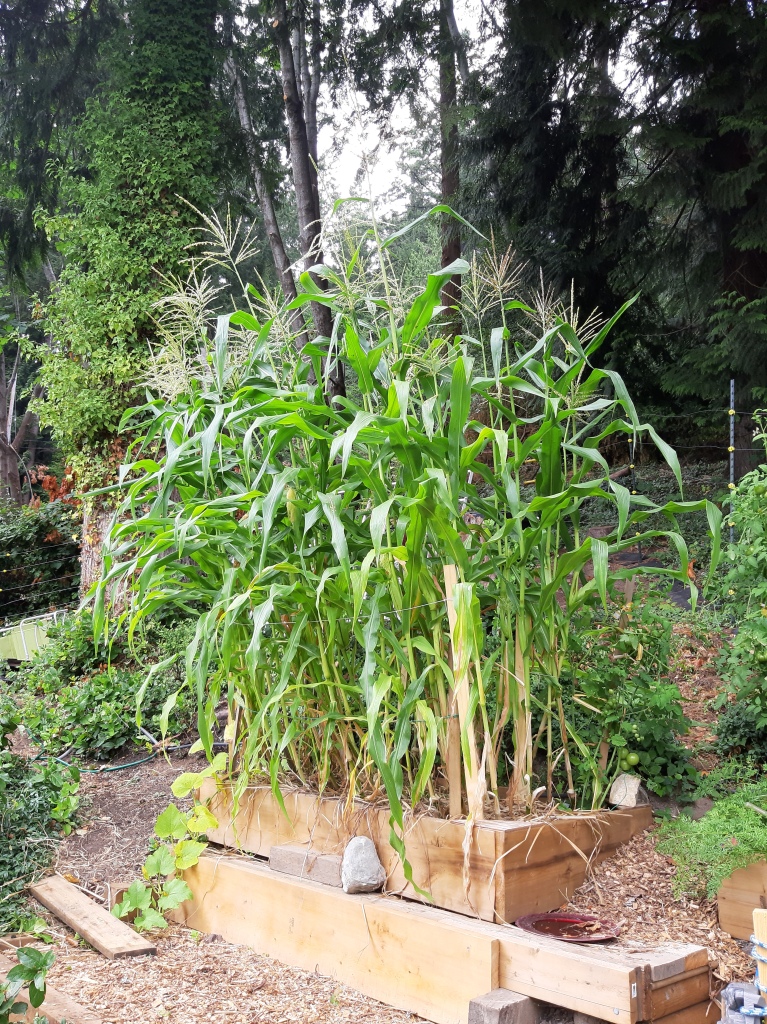
CUKES & ZUCCS
These were slow to start from seed. Next year I might just buy some plant starts. I fast fabricated really good cages from some left over wire fencing which gave them a lot of support. All were in pots – largish pots to be sure – but I think they wanted more terroir.
Both were just coming into prime production in mid August when we decided we had a window for a road trip to Quebec and promptly abandoned the garden for 6 full weeks. This coincided with level 3 water restrictions. All in all, tough conditions.
I invited surrounding neighbours to help themselves to anything but carrots during our absence and perhaps they hauled off a bumper crop. I suspect not; however. By the time I returned powdery mildew was taking hold. I did love how well these spiny plants resisted insects however.
I will try these again next year and I have a cunning plan to be here, in the garden, in late August and early September to help these plants Be Best.
CABBAGE
CABBAGE worms, CABBAGE moths, sprawling CABBAGE, space-hogging CABBAGE.
CABBAGE is delish. We love it. Eat it all the time. But it is also cheap to purchase and always available.
Will I grow it again. NO! But I will have a greater appreciation for those that do, so not a waste of time after all.
BRUSSEL SPROUTS
I hate these. My partner eats them like candy. So they are a gift for him but still too small to harvest. Will we succeed in harvesting a few lbs – yes but not for another month. Why so late? They were overshadowed by rampaging tomatillos.
I will choose a better place and give them more sunlight next year. They seem to be pretty simple to grow. This means I will still have cabbage moths circling the garden, but they seem to like the leaves and leave the sprouts themselves…so far.
TOMATILLOS
I was full of expectations. I hand pollinated them! Slow to germinate, pretty to look at and only truly successful in this climate if you get a blast of hot weather in late summer. We did not.
Will I bother again. Yes but just two (they must be planted in pairs). And now I know how much room they need. And must remember the hand pollination trick. Plus hope for late summer heat.
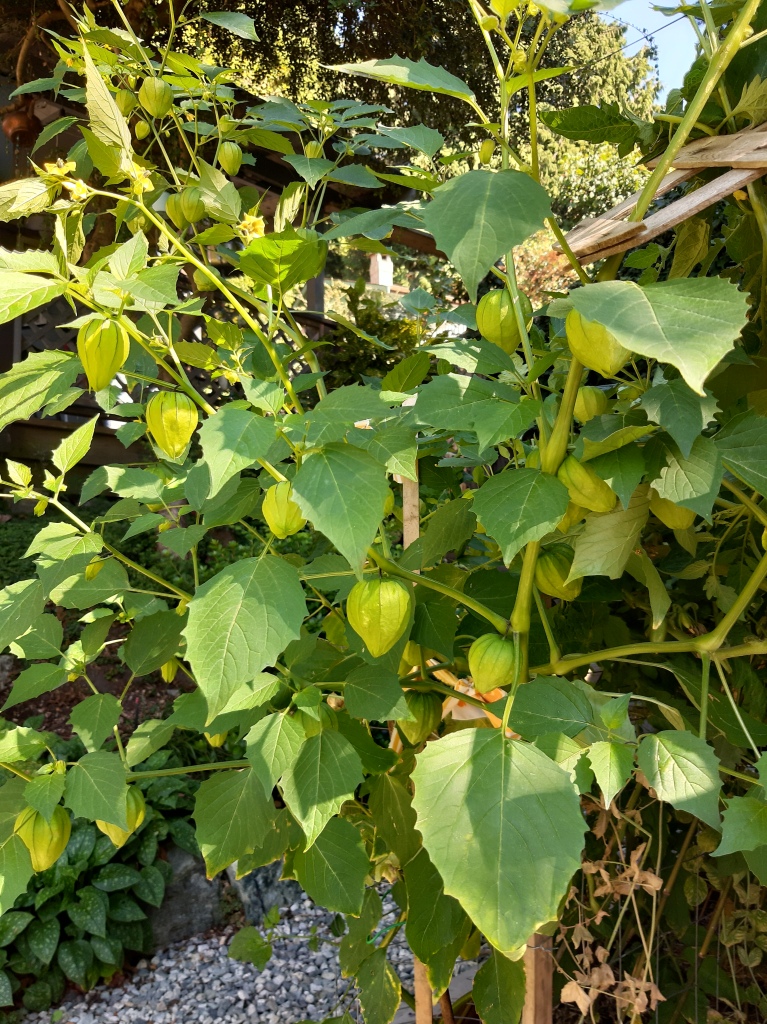

SUGAR PUMPKINS
Last year I got a total of four pumpkins to harvest and believed the deer had taken all the other flowers and young fruit away. This year, AHA! I planted them in a fenced enclosure and now understand that it had nothing to do with the deer – they just didn’t get pollinated. I grew meters of healthy vines and zero gourds. So next year, hand pollination! Side note: gardening friend Betty did this and still only got four pumpkins, after small sharp toothed visitors took a share. So keep expectations in check.
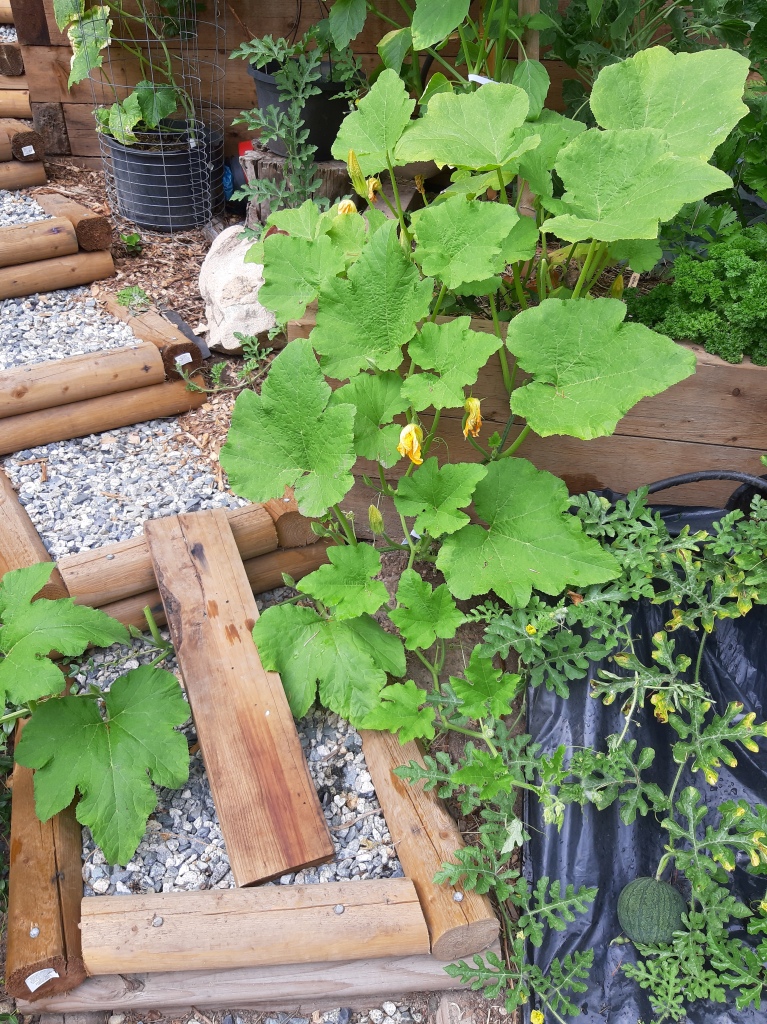
TOMATOES
My seed starts were slow to get going. I had volunteers popping up everywhere; however, and many good plants gifted to me.
Come September, I was the Queen Of Green Tomatoes! Because: Insufficient sun.
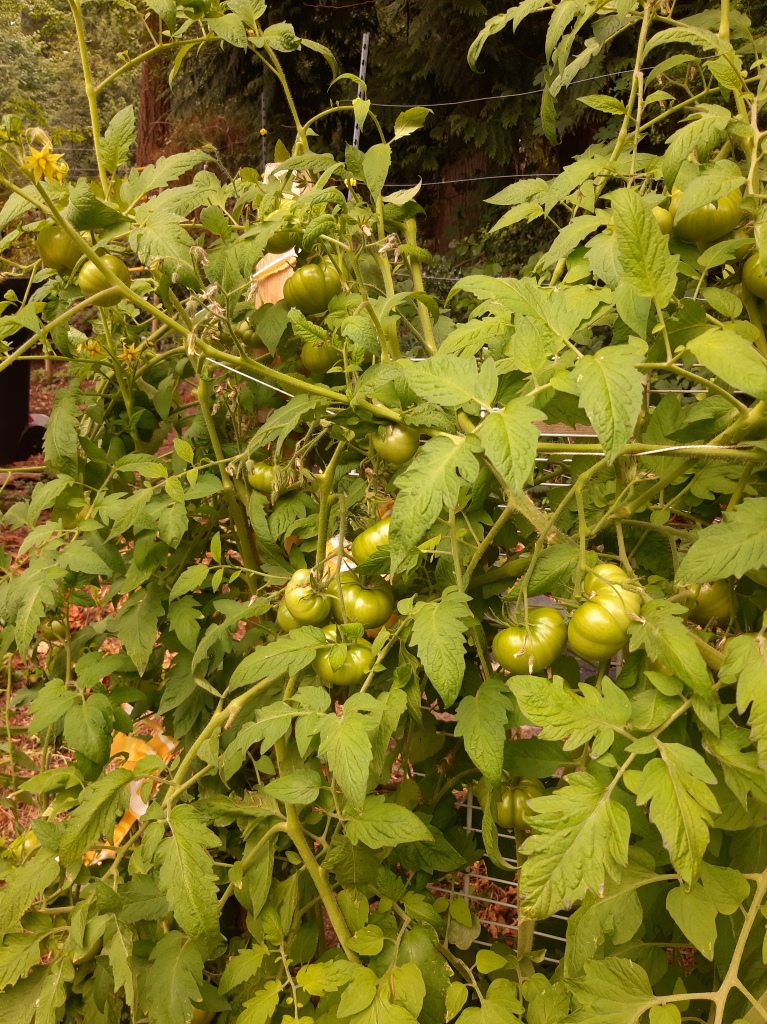
My new favourite thing to do is to make green tomato relish and green tomato chunky salsa. The salsa is especially good. (Double the cumin, and add a tbsp. of chili powder) I could eat it every day!


But I am not talented or patient with pinching and tying back monster tomato vines. Next year I am growing Bush variety. Specifically, Early Girl bush variety. And I am going to dig back some of my expansive perennials in the sunniest part of the yard (Cranesbill, Phlox, Coreopsis) and intersperse those bush tomatoes, happily ensconced in my homemade supports, right in amongst them! And I am going to stagger my seeding in order to stagger the crop a bit, since bush tomatoes tend to come on all at once. And I will be happy to get all my crop in by early September so I can make salsa of any colour and then go away somewhere afterwards.
ALIUMS
For a second year in a row, my bulb onion sets did almost nothing. Like cabbage they are cheap and widely available to purchase, so won’t bother again. But green onions! Why they grow easily all year. I will just keep planting them forever. I also had good luck with my garlic, though I have a beef here: It is now time to plant garlic again, and I bought three not overlarge bulbs of 3 different planting varieties for ten dollars! Three bulbs in the grocery store are $2.29. But apparently they are treated to retard shoots, so not ideal for planting. Hence the garden store can charge almost $20/lb.
POTATOES
Last year I grew red potatoes and this year I could not find them when I wanted them and planted Jennifer variety instead. Once again, wildly successful, though I am struggling to keep them from going soft on me before I can consume the whole crop. I like growing potatoes, digging potatoes and eating potatoes. It is a bit tricky that they need to be rotated each year to a different spot, but I will make that work, darn it.
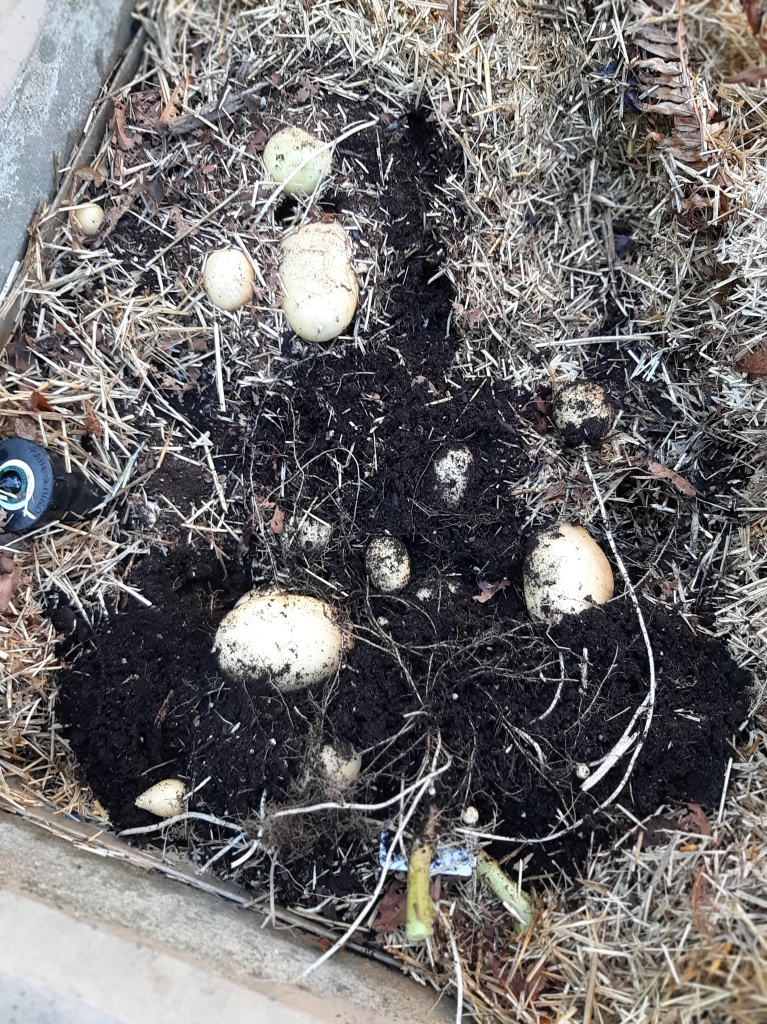

CARROTS
These are my best thing! I also ignored the thinning instructions and instead thinned them when they were of a small edible size, removing gently and pressing dirt back around the ones left behind. The only real care they required after that was soil top ups as they attempted to eject themselves from the sandy soil I had prepared for them. At this time of year, they remain in the garden, getting sweeter. Those varmints would like to have a gnaw on them, so I continue to check them and mound soil around the tops to keep them safe. I grew a coreless Nantes variety, which is a bit stubbier, so requires less soil. I find these do great in raised containers. I will be sorry when the last carrots are eaten, but that won’t be for some time.

So those are my notes. Lets hope I remember to refer back to them in the Spring!
